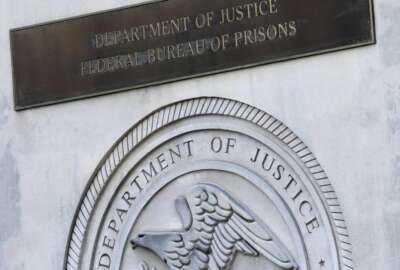Analysis: Across-the-board workforce cuts ‘guaranteed’ to cause damage
Don Kettl, dean of the School of Public Policy at the University of Maryland, said policymakers can draw on lessons learned from previous rounds of government...
wfedstaff | June 4, 2015 2:07 pm
By Jack Moore
Federal News Radio
The current climate of downsizing is nothing new for the federal government.
In the 1990s, the Clinton administration launched its “Reinventing Government” campaign to increase overall government efficiency — and also cut thousands of federal positions.
That period of shrinkage offers a cautious lesson for policymakers looking to trim the government now, said Don Kettl, dean of the School of Public Policy at the University of Maryland.
“The idea was to hit a large and significant shrinkage of the size of the federal government measured in the number of federal employees,” Kettl said in an interview on the Federal Drive with Tom Temin and Amy Morris from the Excellence in Government conference in Washington, D.C.
But the assessment of how many and what kinds of positions to cut amounted to little more than “back-of-the-envelople” calculations,” he added. And most of the reductions were achieved through “putting buyouts on the table and trying to massage people out the door.”
The workforce was slashed, but policymakers saw little benefit from it, Kettl suggested.
“And in the process, we lost a fair number of federal employees and got ourselves out of sync with the number and the kind of employees that we need,” he added.
His advice to those looking to cut now: Do it smartly.
“It’s so easy just to say, ‘We ought to whack a few federal agencies, we ought to lay off about 10 percent of the federal workforce, we ought to try to have a massive downsizing,'” Kettl said.
What’s more difficult — but healthier for the federal workforce and the country — is to decide what it is the government can no longer afford to do.
“What’s happened over the period of the last 20 years or so, is that we’ve cut and we’ve slashed and we’ve downsized and we’ve reorganized and restructured,” Kettl said. “And at some point, you get down to the nub and you’ve got to decide what it is you really care about, how you can make sure you get the job done well and, then, what is it that you don’t want to do? And what services and employees can you cut?”
Simply enacting across-the-board, arbitrary cuts is “guaranteed to cause lots of serious damage,” Kettl said.
That’s because of the far-ranging reach federal employees have into the wider economy.
The National Weather Service, operated by the National Oceanic and Atmospheric Administration, provides the weather data that shows up in daily TV forecasts. And Air Traffic Controllers keep airplanes from crashing into each other.
Rather than seeing federal employees as a political football, Kettl said lawmakers should see them as one of the government’s true assets.
“In the end, if we really want to get this right, we’ve got to look at human capital as a fundamental obligation and responsibility and advantage that the federal government has,” he explained. “Good private-sector companies realize that everything begins with people, and the government needs to follow that lesson as well.”
More from the Excellence in Government conference.
Copyright © 2025 Federal News Network. All rights reserved. This website is not intended for users located within the European Economic Area.





